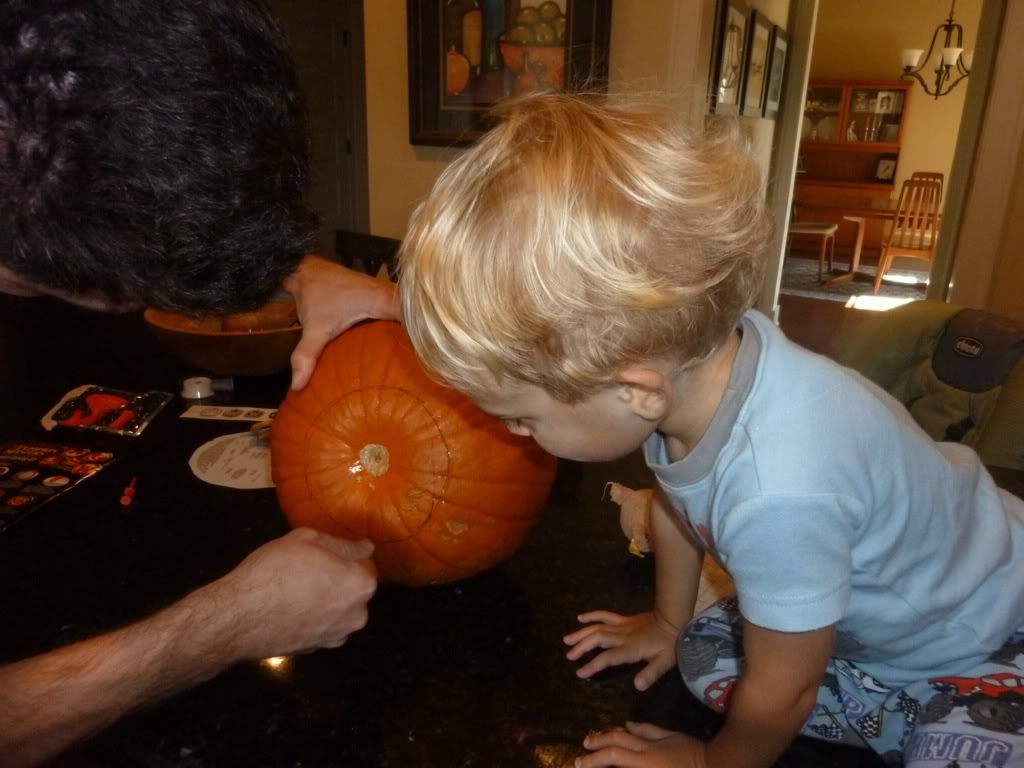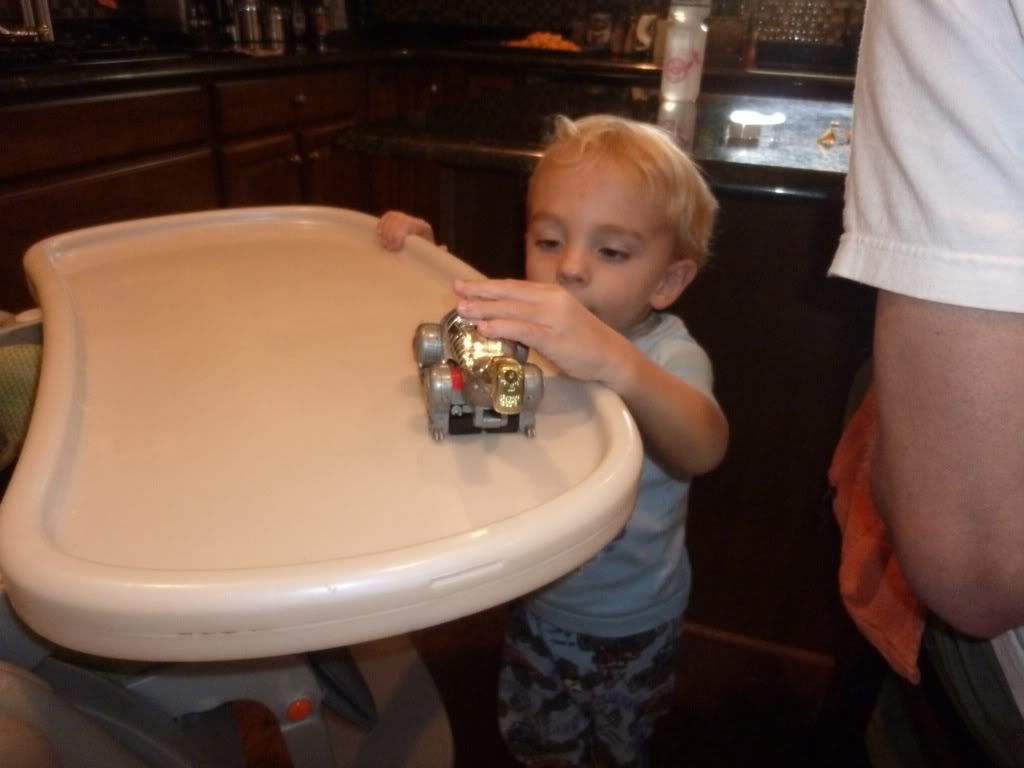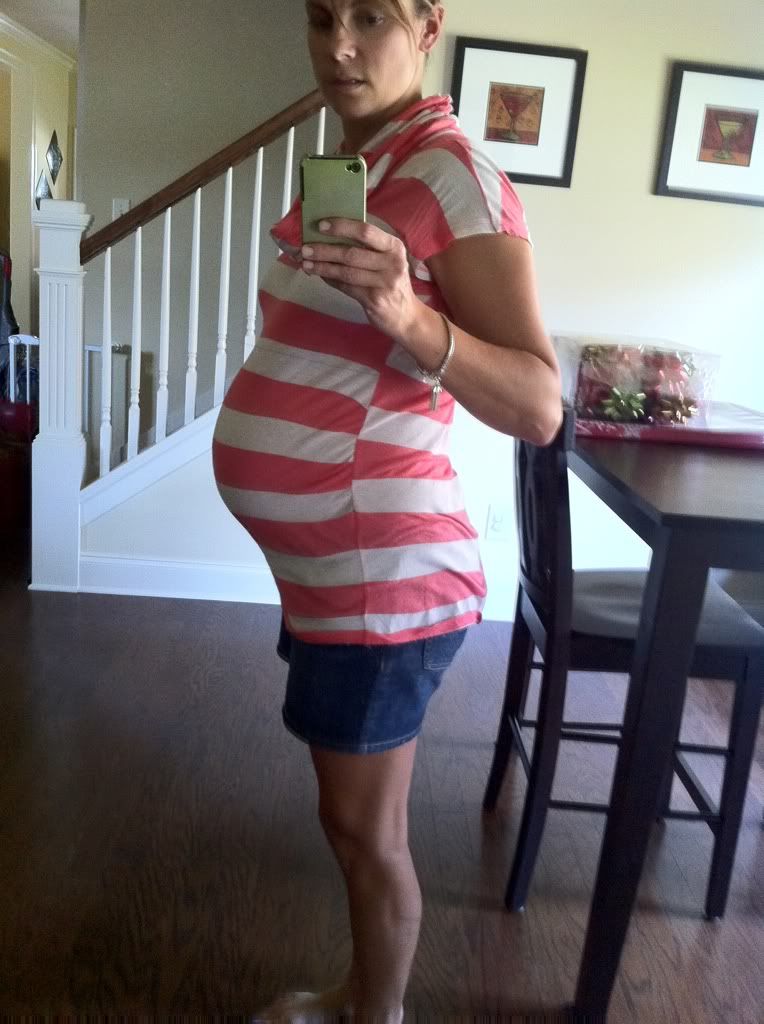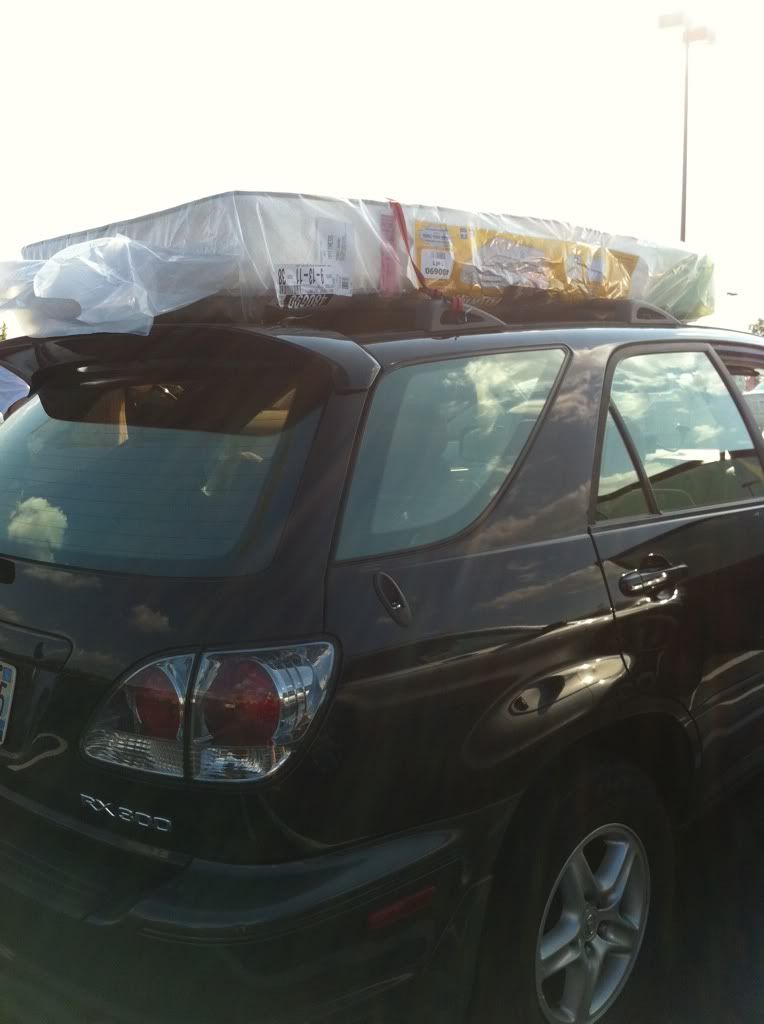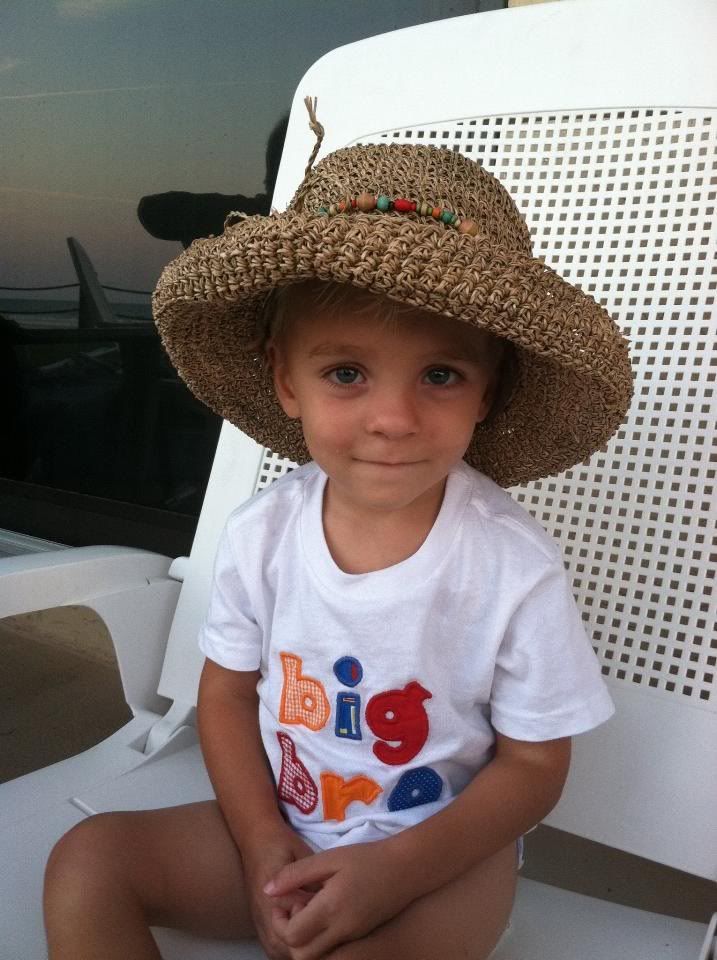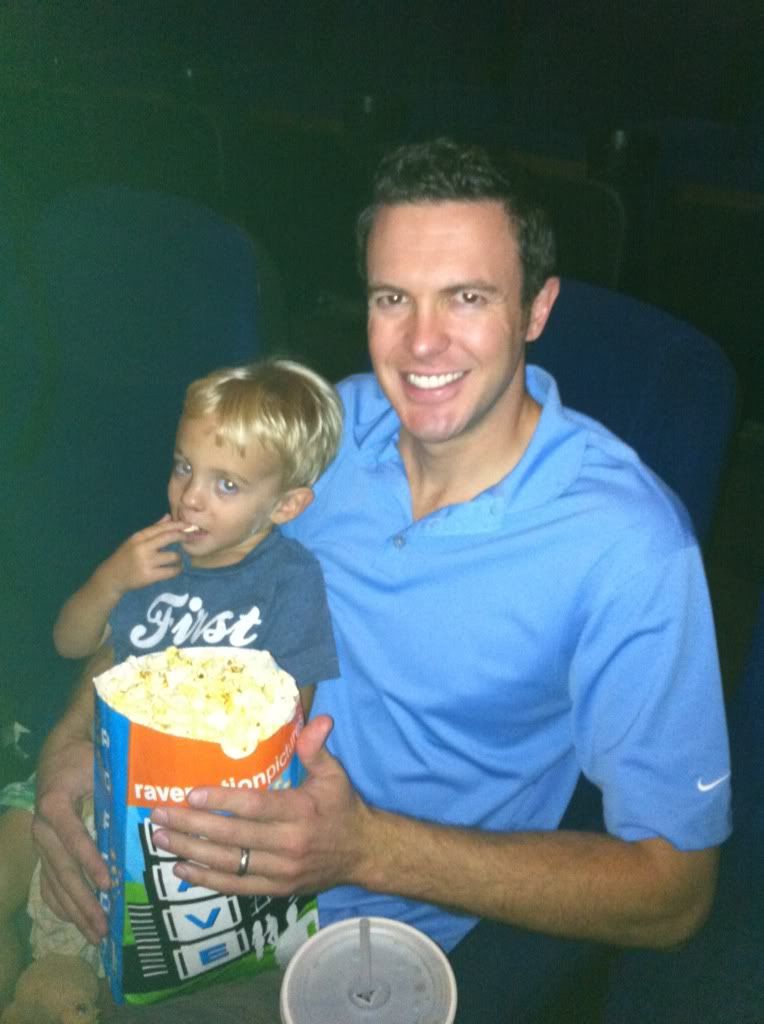Here's an article I wrote for a local running website in 2009. The principles still hold true today. This article is pretty long-winded, but I hope you find it informative - especially if you are new to running!
The first time I was fit for running shoes occurred during my early twenties. I had a new boyfriend, and playing the "supportive" girlfriend, I started running - just as he did. So, off we went to a running speciality store one Saturday afternoon. I have to admit, I don't remember too much of this experience, because it happened so quickly. The store wasn't too busy, but had it's fair share of customers. We were helped by an employee, and were out the door minutes later. I walked away from the experience with some new shoes (Nikes). The only piece of advice I truly recall from that day was to always buy Nikes that were of the Bowerman series. That's it. Nothing else.
Now, the first time I was PROPERLY fit for running shoes occurred just over two years ago. By this time, I had a new man in my life (my now husband), and we decided to seriously take up running as part of a lifestyle change. I had been running in some shoes that were purchased at DSW. They were cute. As my running became more intense, I started feeling pain in my groin area. At the time, I did not realize that my shoes could be the culprit, but I figured I needed some new shoes anyway. Upon a neighbor's suggestion, we visited our town's local Fleet Feet Sports.
The difference between these two experiences is worth mentioning. In the first store, I was simply told to walk a few steps, and asked what my shoe size was. That was it, no frills there. The second store, Fleet Feet, actually took their time with me. The employee, Jennifer, asked me several questions about my training. How many miles a week was I running? What shoes was I wearing? Did I feel any pain? BINGO! I explained to her that I was running less than 5 miles per week, being a renewed runner. I also informed her of the pains I was feeling in my groin. Upon that information, Jennifer was able to begin the "fitting process", that is now well-known with Fleet Feet customers.
I have your attention, right? Because I now have a confession. Due to my experience with Fleet Feet Sports (Orlando), I too, am now an employee of Fleet Feet Sports (Birmingham). Here's my shameless plug for the article (fleetfeetbirmingham.com). So, with that being said, I would like to encourage you to find a local running speciality store in your area. It is best to find one where they will actually take their time and educate you on the importance of wearing the right shoes for running. After all, it is your most important piece of equipment, if not only.
As a runner, and consumer, you should know what to look for when being properly fit for running shoes. Some stores have equipment to help with the process, such as treadmills, or video cameras. Other stores do not. Do not be alarmed if your store does not have the "extra" equipment. I promise you that you can be helped just as equally with a trained set of eyes, and a Brannock foot measuring device. Before heading out the door, if possible, grab your current running shoes. Although it is not necessary, it is always nice to know what a customer is currently running in. And, you may want to bring an extra pair of socks, but, I'll tell you more about that later. And, most importantly, be open to suggestions and recommendations. If possible (women, don't wince) choose your shoes on how they fit and feel, instead of how they look. You will thank me later for this.
As mentioned previously, Jennifer asked several questions prior to me being fit my second time. This is important. If you are new to running, or an avid runner, we need to know. Are you feeling pain? How many miles a week are you running? How old are your shoes? Do you wear orthotics? What size are your current shoes? What kind of socks do you wear? With this information given, the fitting process can now begin. And, don't feel shy about giving this information up freely. You may not be asked some or all of these questions.
The next step in the fitting process is usually your gait analysis. This is where the set of trained eyes I mentioned, will come into play. What is your gait analysis? It is simply the pattern of how a person walks. For example, everyone who walks pronates. Pronating is a biomechanical term for your foot striking the ground. What most are looking for when watching a gait analysis, is whether a person overpronates, suppinates, or has a neutral foot strike. Mostly everyone will either have what is called a neutral foot strike, or will overpronate. It is rare to see someone that suppinates. Overpronating is what your foot will do, if it turns inward while walking. Suppinating is the opposite - your foot will turn outward. A neutral foot strike is considered to be the ideal motion of the foot during running or walking. This step in the fitting process should be done barefoot.
Sometimes it may be difficult to see what type of foot a person has by their gait analysis. This is where the reinforcement of the Brannock foot measuring device will be used. At this point, you should be asked to be seated, so the measuring can begin. Also, if you brought your socks along, go ahead and put them on. If not, most stores have clean ones for you to borrow. Typically, there are three types of measurements taken with the Brannock device. The length of your foot is measured, along with the arch length, and width. These measurements should be taken TWICE with each foot - once sitting, and once standing. If you pay close attention, you will notice that your foot will have different measurements from your sitting to your standing position. This is normal. For example, you may measure at a size 6 while sitting down. Upon standing, you measure at a size 7. Now, you may be wondering how these measurements are helpful during the fit process? These measurements determine many important factors in what will ultimately be the best shoe for you. For starters, if your foot changed more than a whole size from sitting to standing, you overpronate. Depending on the severity of it, you may need a stability or motion control shoe. A stability shoe, such as the Brooks Trance, or Saucony Hurricane will offer more support. If your foot did not change in size, or changed only a half-size, you have a neutral foot. A neutral shoe, such as the Asics Nimbus, or Nike Pegasus, will offer less support, and more cushioning. A motion control shoe, such as the Brooks Beast or Ariel, will offer what I call "mac daddy" support. Width is also very important, because many times, people cram their feet into shoes that are too narrow. Your shoe, in a sense, should fit perfect, like a glove. But, you also want your foot to lay in the shoe with ample room. No cramming allowed people! Also, most running stores may recommend that you go up in size, but usually only a half-size. Most people (myself included) were in shoes that were too small for them. I was buying size 8 or 8.5 running shoes, until I was properly fitted. I am now in a size 9.5. Your running shoes will typically be your largest shoes in your closet. Running shoes are not made true to measurement. Also, you will want that extra room in the toe box to help prevent blisters, ingrown toenails, and stacked toes. Plus, your feet tend to swell when you've been running, or even standing on them all day.
Once it has been determined what type of shoe you will need, it is time for the fun part. You should be able to try on at LEAST three pairs of shoes to determine which ones are the best fit for you. The employee should have done their job by only bringing out shoes that he or she would recommend. At this point, it is a bit of trial and error to see which ones are most comfortable for you. Just like falling in love, when you know, you know! Don't put too much thought into it. Go with your gut instinct.
The last two parts of being properly fit is just as important as your shoes. First, do you need an orthotic or insert? If you feel any pain whatsoever, it is highly recommended to get an insert too, for your shoes. This help solved my groin pain problem, mentioned earlier. A new pair of running shoes will do wonders, but with an insert, you are putting your feet in the healthiest environment possible. The purpose of an insert is to help keep your body in alignment - from your ankles, to your knees, to your hips, and then, your lower back. This is healthy! Again, I highly recommend this, and if possible, go with a brand such as Superfeet. They carry different shapes, so you, as a consumer have options. This is smart marketing on their behalf, because they have figured out that no two people have the same foot shape - d'oh! Most running stores should be able to fit you for the insert as well. Secondly, what type of socks are you wearing? In our store, we have a saying, "cotton is rotten." Imagine your socks, as you would imagine your cotton towel you use when done bathing. The cotton in your towel sucks up the moisture on your body, but then feels wet. Well, your sock essentially will do the same, if it is cotton. A wet sock will cause your feet to be smelly (oh, heaven forbid!), and cause blisters. If possible, you should invest in some good socks with a wicking fabric to keep your feet dry. Some tend to sweat a lot while running, while others may just like to run in the rain. Either way, you want those toesies dry. I recommend brands such as DryMax or Balaga.
Overall, the Runner's Trinity should be 1) the right shoe, 2) inserts or orthotics, and 3) dry-wicking socks. With these three purchases, you'll be well on your way to having an optimal running experience. So, what are you waiting for? Go ahead and get FIT!










